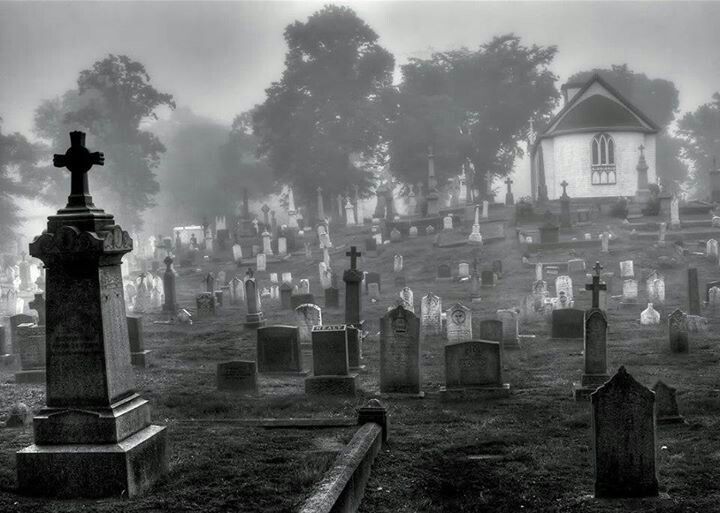Vampires have been a staple of popular horror since Bram Stoker’s Dracula was published in the nineteenth century. But most world cultures have always had their folklore surrounding revenants: undead fiends who rise from the grave to prey on the living.
Beliefs in the undead and vampires largely stemmed from misunderstanding and ignorance, as people struggled to explain the roots and spread of diseases such as Tuberculosis, plague, and cholera. Unburied corpses also played on the imagination, when, bloated by gasses caused by decomposition, blood was forced out of the nose and mouth-making it appears as if the deceased had gorged themselves on blood.
These beliefs led to some very interesting burials around the world, as people tried to hold the undead at bay. Here are just five of them:

The Vampires of Drawsko, Poland
Eastern Europe is the popularly conceived home of the vampire. Eastern European folk legends of the blood-sucking undead can be traced back to at least the 10th century, when the Slavic word ‘upir‘ or vampire was first recorded. According to these beliefs, there were several ways to become a vampire. You could be born as one, as it was believed were those born in a caul or with teeth or a tail. But suicides, the excommunicated or those who died suddenly or violently were all at risk of turning once in the grave.
Poland has had more than its fair share of vampire graves. One of the most recent was discovered in 2014. Archaeologists excavating the 17th and 18th-century cemeteries of Drawsko, northwest Poland came across six graves that stood out from the others. The individuals were buried either with sickles across their bodies or with their jaws jammed shut by stones.
The burials fit accounts of apotropaic funeral rites carried out in the area. Records show how farming tools such, as sickles were laid across the bodies of the suspected undead so that should they attempt to rise from the grave, they would be immediately decapitated. Similarly, stones were used to clamp jaws closed to prevent them from feeding.
It is believed the graves are those of the first victims of the various outbreaks of cholera that occurred around Drawsko during the 17th and 18th centuries. They would have been associated with the spread of the disease-which was attributed to supernatural, rather than natural causes resulting in the precautions taken over their burials.

